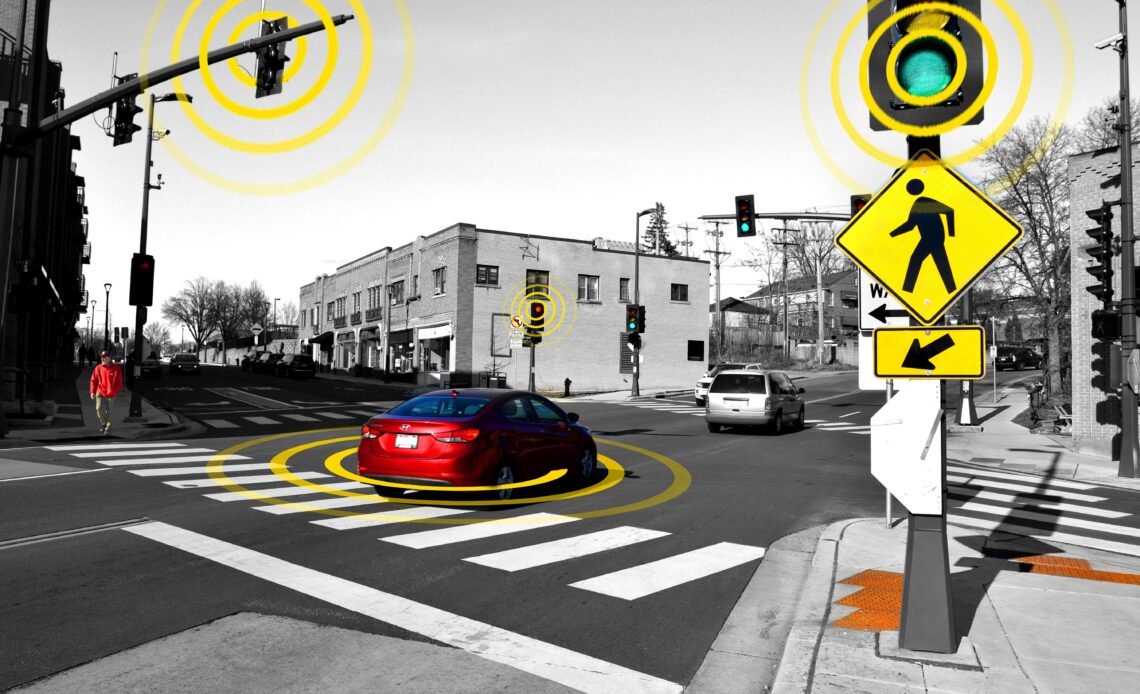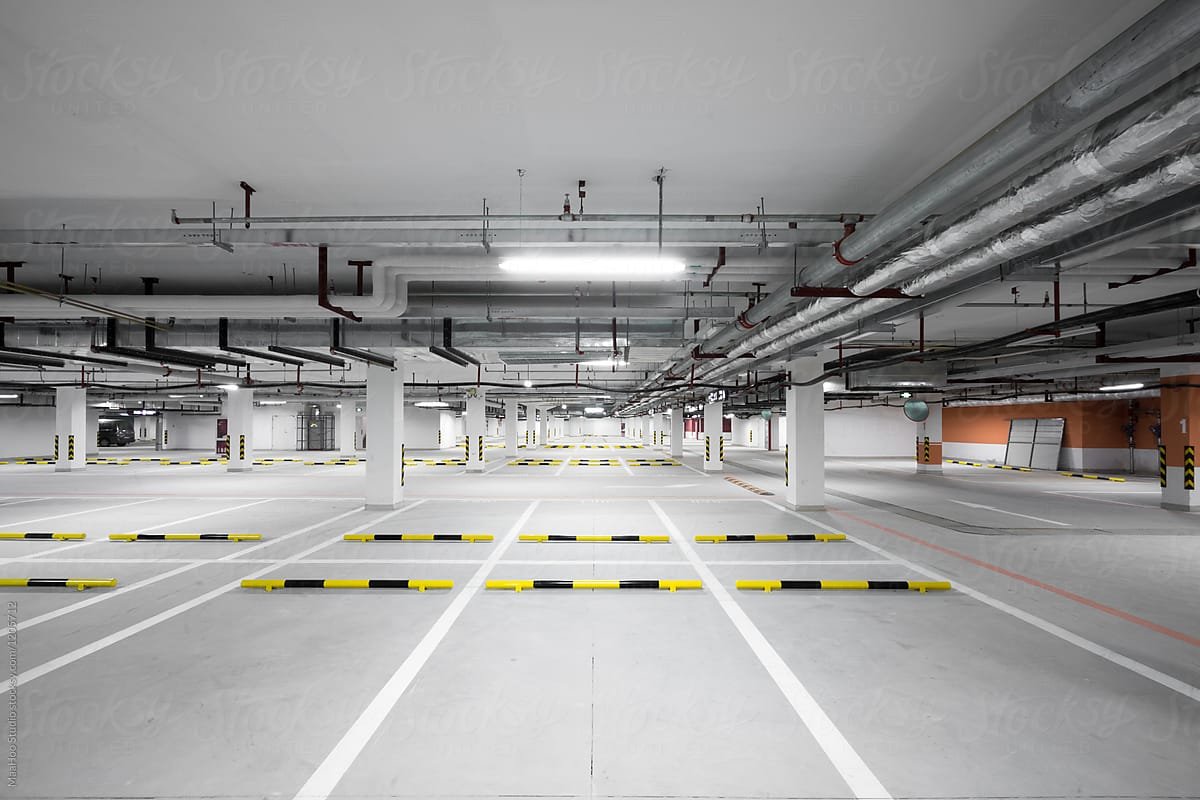
Temporary traffic control plans help ensure that roads are safe and functional while construction or other activities are being performed. With traffic engineering Canberra ensures that motorists and workers follow the same rules as they would in any other situation on public roads to minimize accidents, incidents, and injuries.
Temporary traffic control plans are generally required for any project that will require lane or road closures on public roads – however, temporary traffic control plans can also be used without a road closure to change traffic patterns to make work zones safer.
This guide will give you an overview of what temporary traffic control plans are and how they can help improve safety at your construction site or project.
How to Improve Saftety With Temporary Traffic Control
What Is A Temporary Traffic Control Plan?
A temporary traffic control plan is a set of instructions that are used during construction or maintenance on a roadway. The instructions may include detours, changing traffic signals, or lane closures.
When used correctly, they can improve safety while reducing the impact on drivers. Traffic engineering in Canberra is one area where temporary traffic control plans are utilized often.
Why Is It So Important To Develop One?
When it comes to traffic management, it is essential that you have a plan in place. Traffic engineering Canberra is able to develop a temporary traffic control plan for you if you need one. These plans offer important safety guidelines and tips for drivers, pedestrians, and cyclists.
It will also show emergency responders the best way to navigate around your site during an emergency situation. A Temporary Traffic Control Plan will give you peace of mind by ensuring that your site runs as smoothly as possible.
What Type Of Design Should Be Used?

The type of design used will be determined by the size and complexity of the area, but in general, a diamond shape will suffice. The corners should be marked with cones or barrels and can also have signs that say caution or stop for added safety.
For a more detailed plan, you can use ropes or cables to divide an area into lanes so that vehicles know where they are supposed to go. This is best if there are many different types of traffic coming in at once, such as pedestrians, cyclists, cars and trucks.
Are There Any Other Considerations For Developing The Plan?
The following are considerations for developing a Temporary Traffic Control Plan:
-The plan should be developed and reviewed with input from the organization’s safety committee.
-The plan should include a diagram of the work zone, including a site map and any other pertinent information.
-The person in charge of the work zone should be identified on the diagram as well as their contact information.
-A list of all tasks that need to be completed within the specified time frame should be created in order for the project to stay on track.
-Safety equipment should be pre-positioned before starting work at each location. This includes traffic cones, barricades, signs, and other items needed for construction or maintenance activities.
